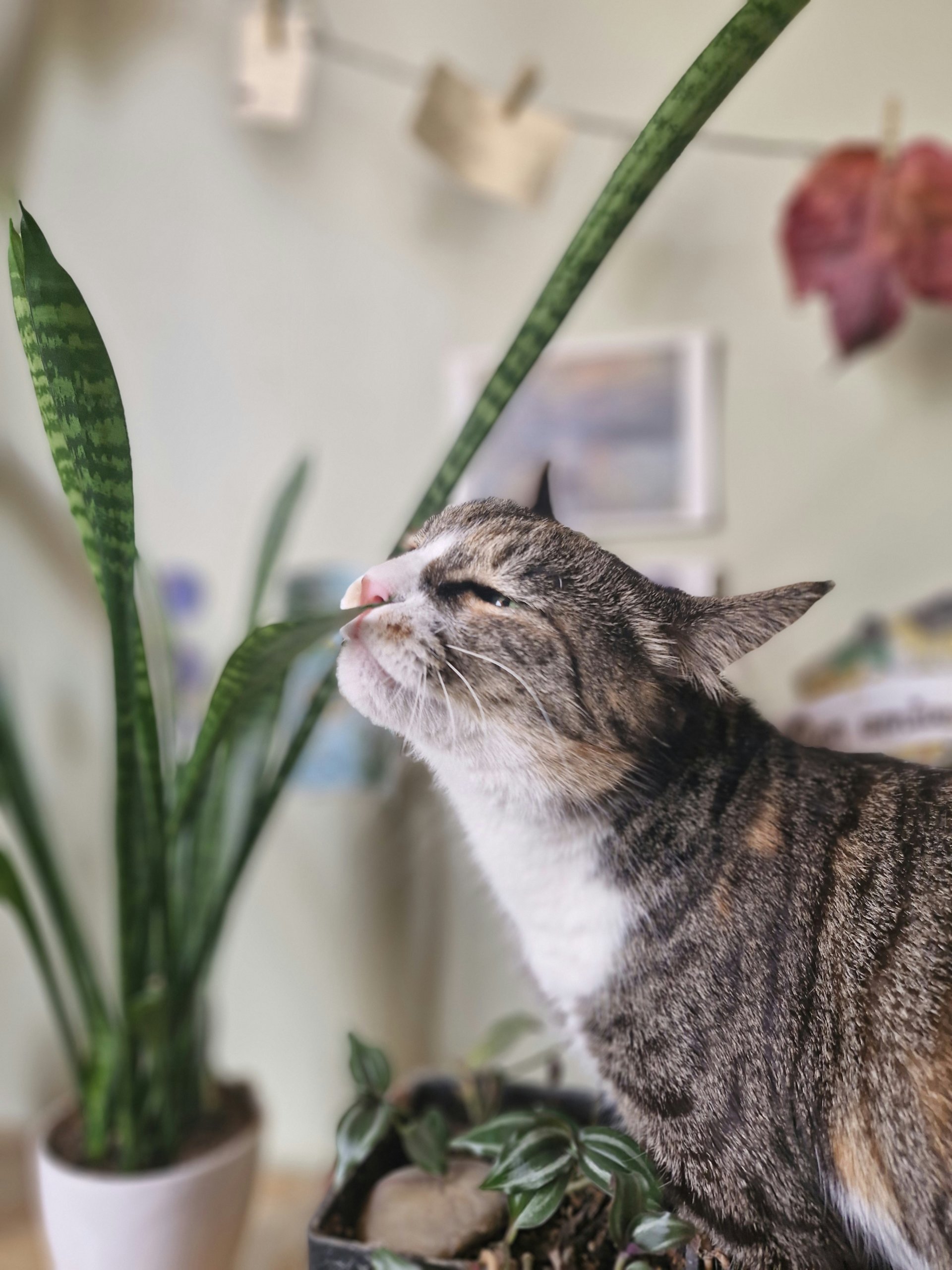Toxic Succulents
Some succulents are toxic to people and pets, and knowing which ones can help you stay safe at home. Common toxic succulents include jade plant (Crassula), aloe vera, snake plant (Dracaena trifasciata), and many types of euphorbia. If eaten or if their sap touches skin, these succulent plants can cause irritation, stomach problems, or more serious symptoms.
You may think all succulents are harmless, but some can be a real danger to kids and animals if touched or swallowed. Signs of succulent poisoning can include vomiting, drooling, upset stomach, or rashes.
If you love having succulents in your home, it’s important to learn which ones to avoid and what to do if you or your pet has a reaction. Reading about toxic succulents can help you create a safer space for everyone.
Identifying Toxic Succulents
Some succulents contain chemicals that can be harmful to people and pets. Knowing which succulents to avoid and how to spot dangerous plants can help you keep your home and garden safe.
Common Toxic Succulent Species
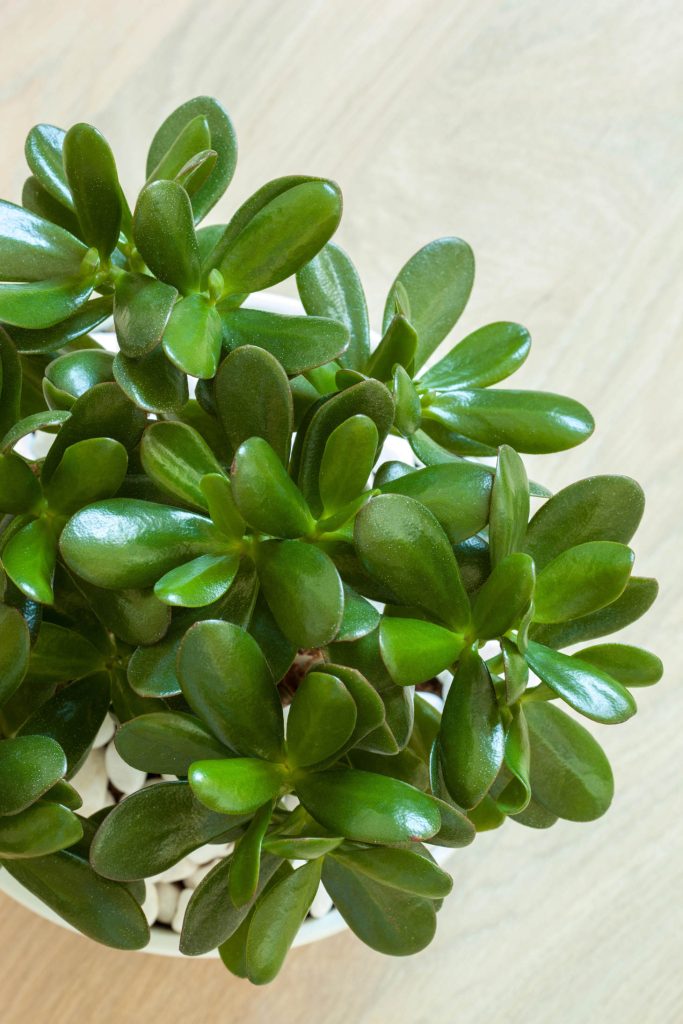
(Jade Plant)
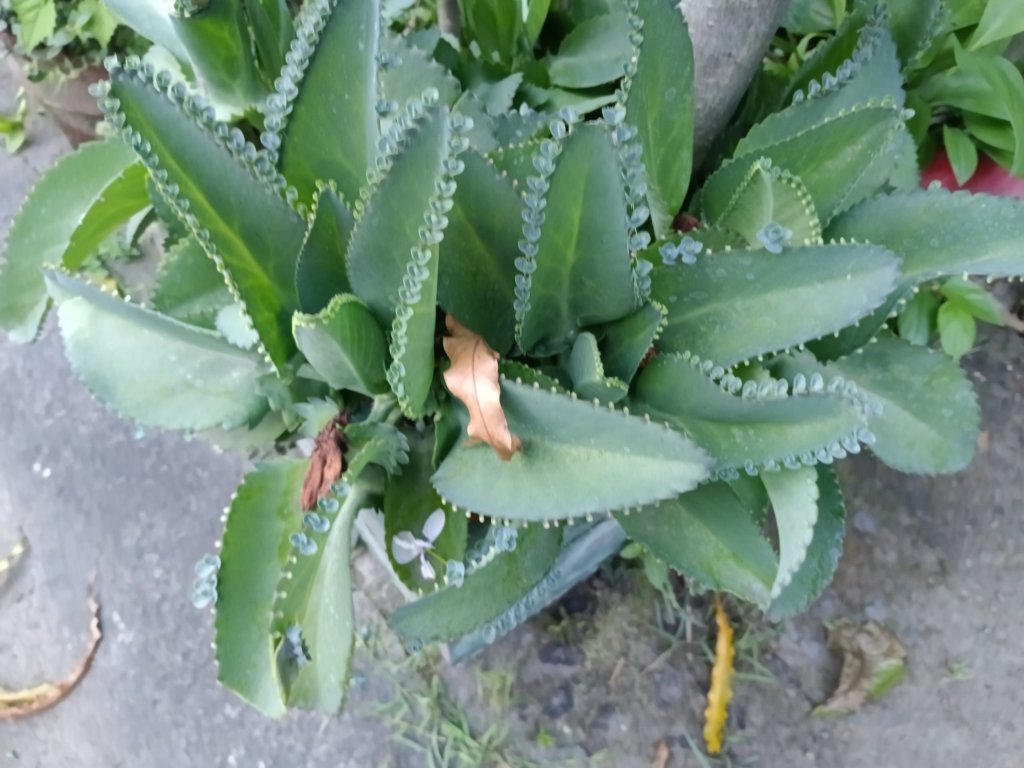
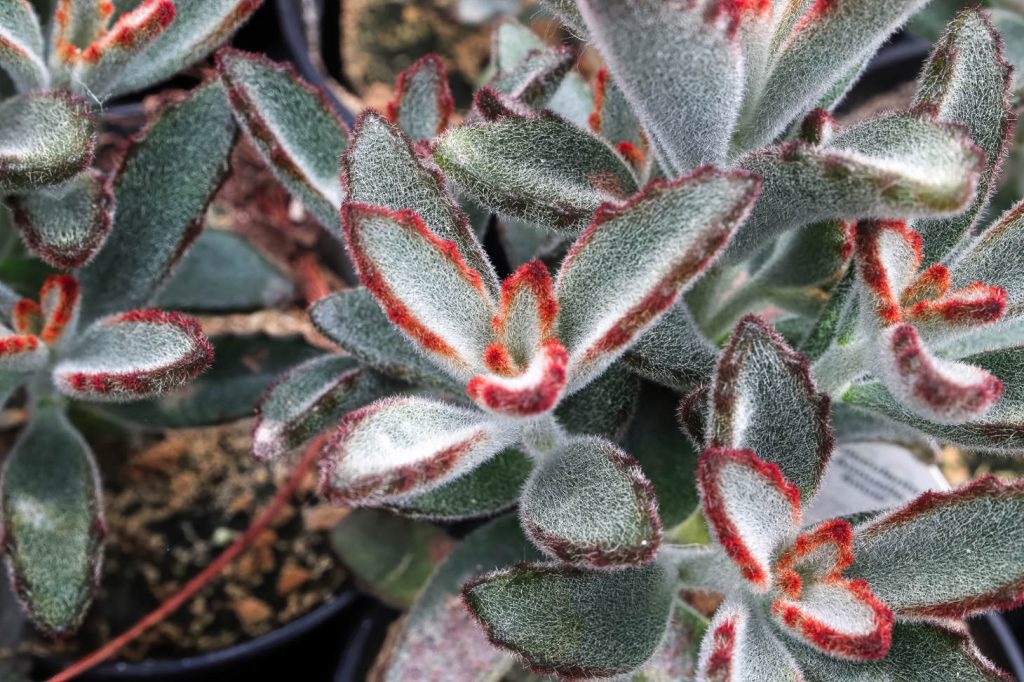
(Panda Plant)
Certain succulents are well known for being toxic. Jade plant (Crassula ovata) is a common houseplant that is poisonous if eaten. The kalanchoe genus, including species like Kalanchoe daigremontiana (Mother of Thousands) and Kalanchoe tomentosa (Panda Plant), can cause illness in pets.
Euphorbia species are some of the most toxic succulents. Euphorbia tirucalli (Firestick or Pencil Cactus), Euphorbia milii (Crown of Thorns), and Euphorbia trigona (African Milk Tree) have a milky sap that irritates skin and eyes.
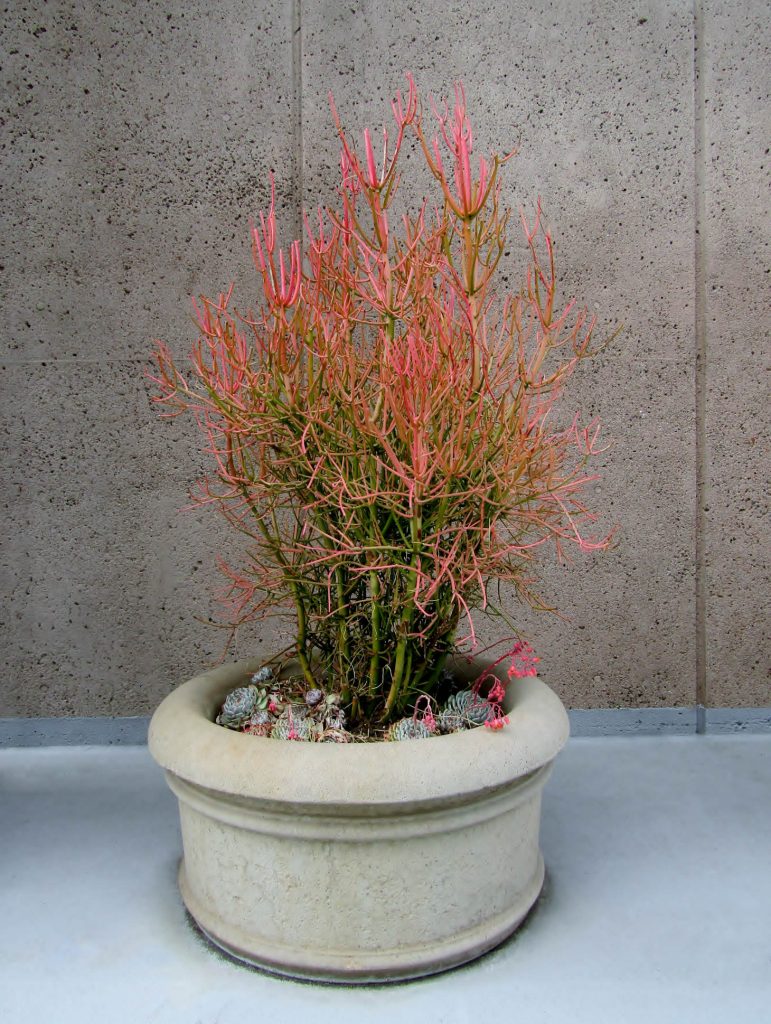
(Firestick or Pencil Cactus)
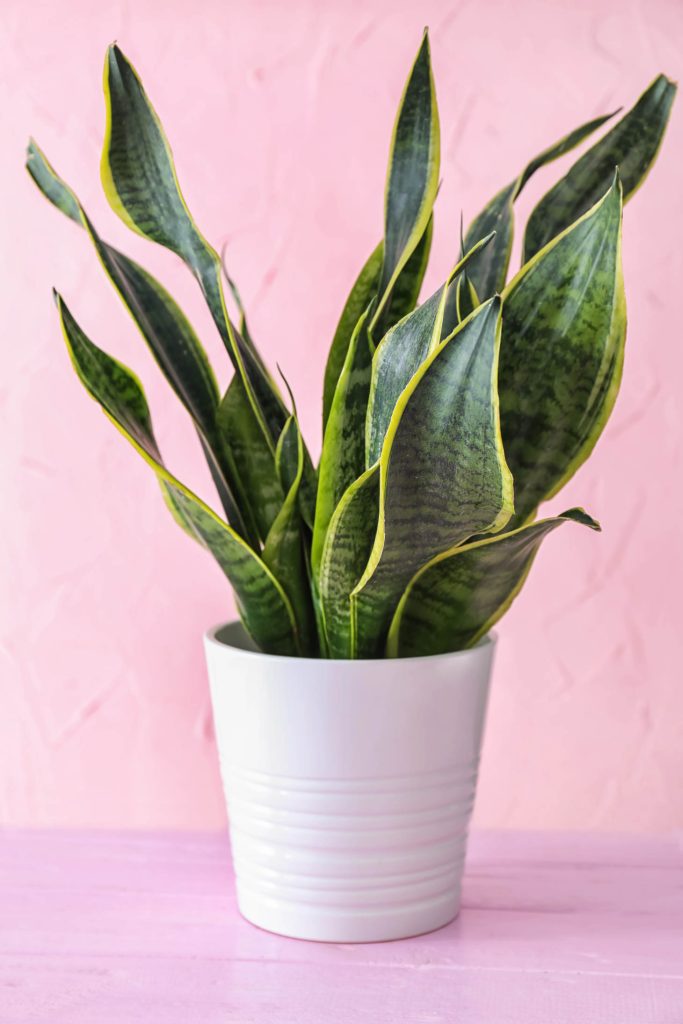
(Snake Plant)
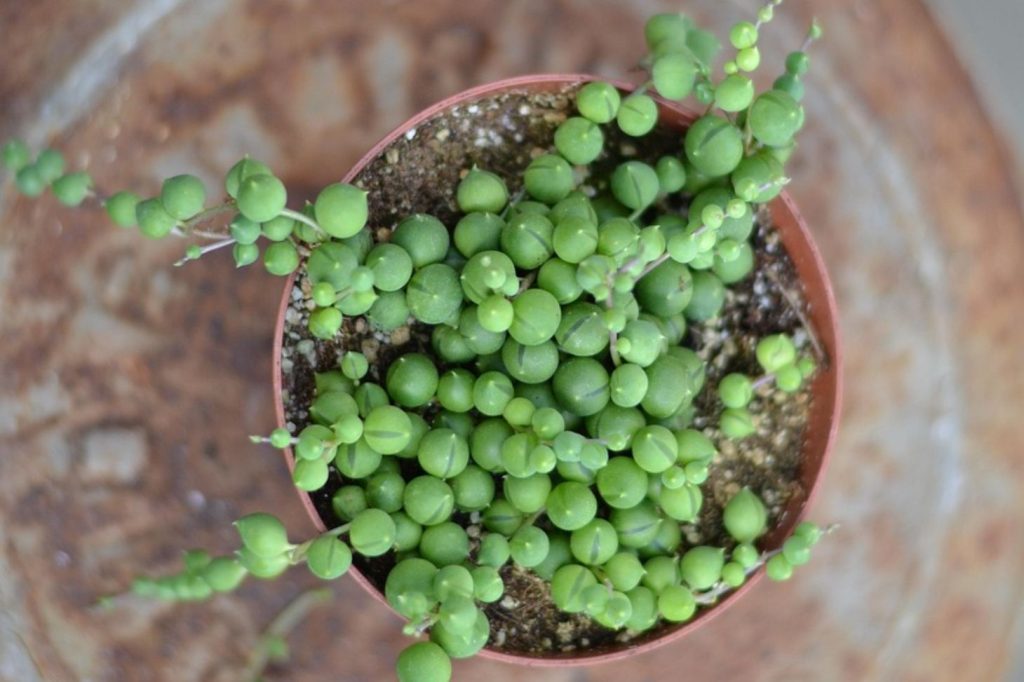
(String of Pearls)
String of Pearls (Senecio rowleyanus), Snake Plant (Dracaena trifasciata), and some Agave varieties, like Agave americana (Century Plant), are also poisonous if ingested. Symptoms can include vomiting, diarrhea, skin irritation, and mouth pain.
Harmful Compounds in Toxic Succulents
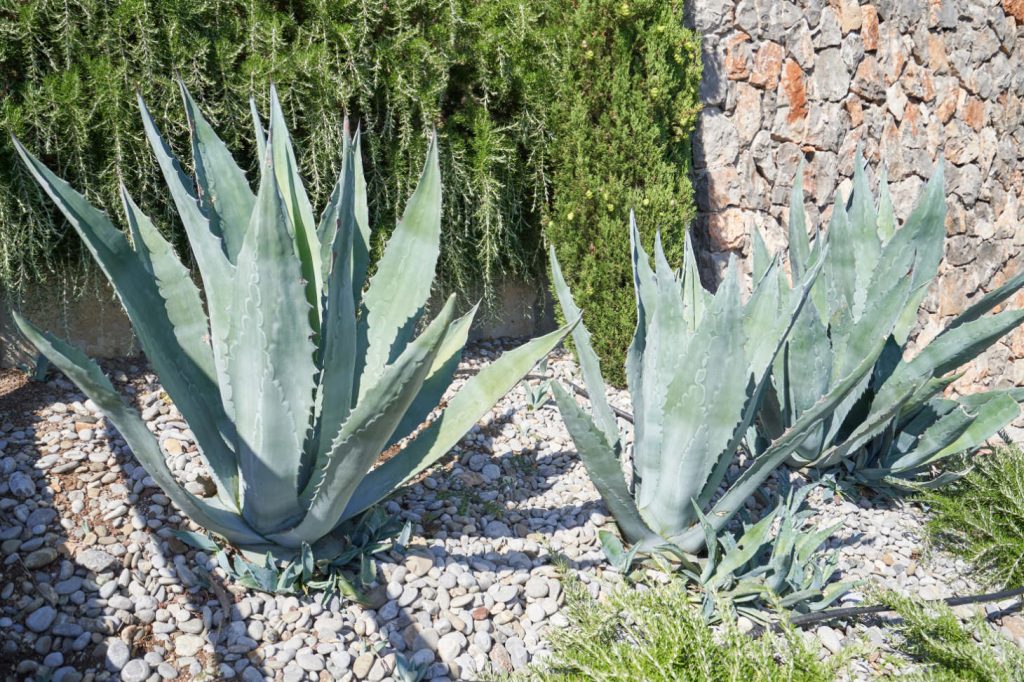
Toxic succulents usually contain chemicals such as bufadienolides, saponins, glycosides, and alkaloids. These cause reactions if the plant is eaten or the sap touches skin.
- Euphorbia plants have a white latex sap with strong irritants and sometimes toxins.
- Kalanchoes contain bufadienolides, which can affect the heart.
- Jade plants (Crassula ovata) and String of Pearls (Senecio rowleyanus) contain saponins, which can lead to stomach upset.
- Agave contains sapogenins (a type of saponin) that can cause skin irritation and burns.
The effects of these compounds depend on the plant, the amount ingested, and who or what is exposed. Pets and small children are most at risk.
Safe vs. Dangerous Succulents
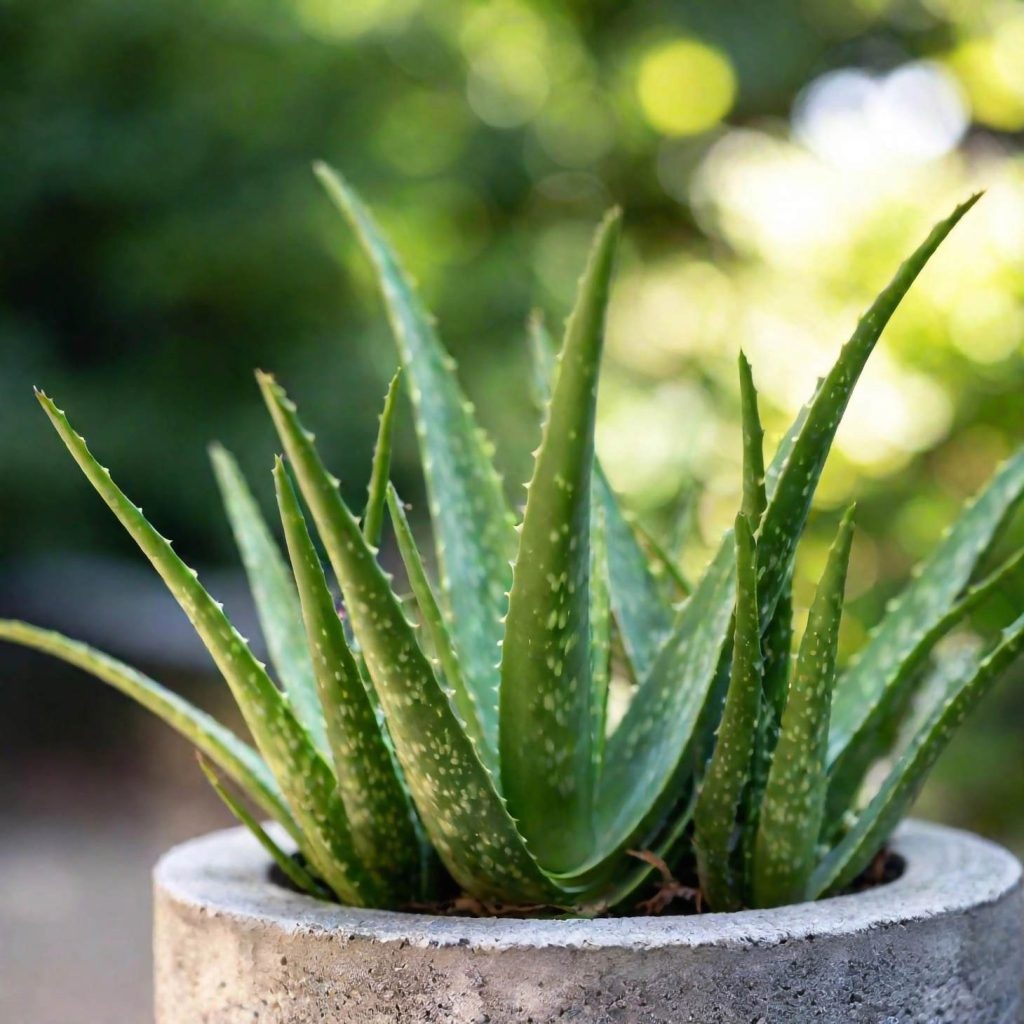
You can distinguish safe from dangerous succulents with some basic knowledge and care. Not all succulents are harmful, many popular types like Aloe vera (for most uses), Echeveria, and Haworthia are not considered toxic to people or pets.
However, even widely used plants like Aloe vera contain compounds, aloin and saponins, in the leaf, which can be harmful if eaten. Panda Plant (Kalanchoe tomentosa) is admired for its soft leaves but is not safe for pets.
Aloe vera’s safety depends on its preparation and intended use. The clear gel found inside the leaves is generally considered safe for topical application to the skin and can be ingested in small quantities.
However, directly beneath the leaf’s skin lies a yellowish layer called aloe latex. This latex contains compounds such as aloin, which can be toxic if consumed in significant amounts. Research indicates that prolonged use of products containing aloe latex might lead to adverse effects, with some animal studies suggesting potential risks.
When you encounter products marketed as “aloe juice,” they typically refer to the purified gel, which is safe for consumption provided the harmful latex has been properly removed during processing.
To ensure you’re using a safe product, always read labels carefully and look for quality certifications.
Tips to stay safe:
- Keep toxic plants out of reach of children and pets.
- Learn the scientific names since common names can be confusing.
- Wear gloves when pruning or handling suspect plants since some saps can irritate the skin or eyes.
Reading labels, asking your local plant nursery, or checking trusted sources can help you know which succulents are safe for your home.
Health Risks and Symptoms of Succulent Poisoning
Certain succulents contain substances that can be harmful if eaten or touched. The effects are not the same for pets and humans, and symptoms might involve skin, stomach, or general health issues.
Risks for Pets
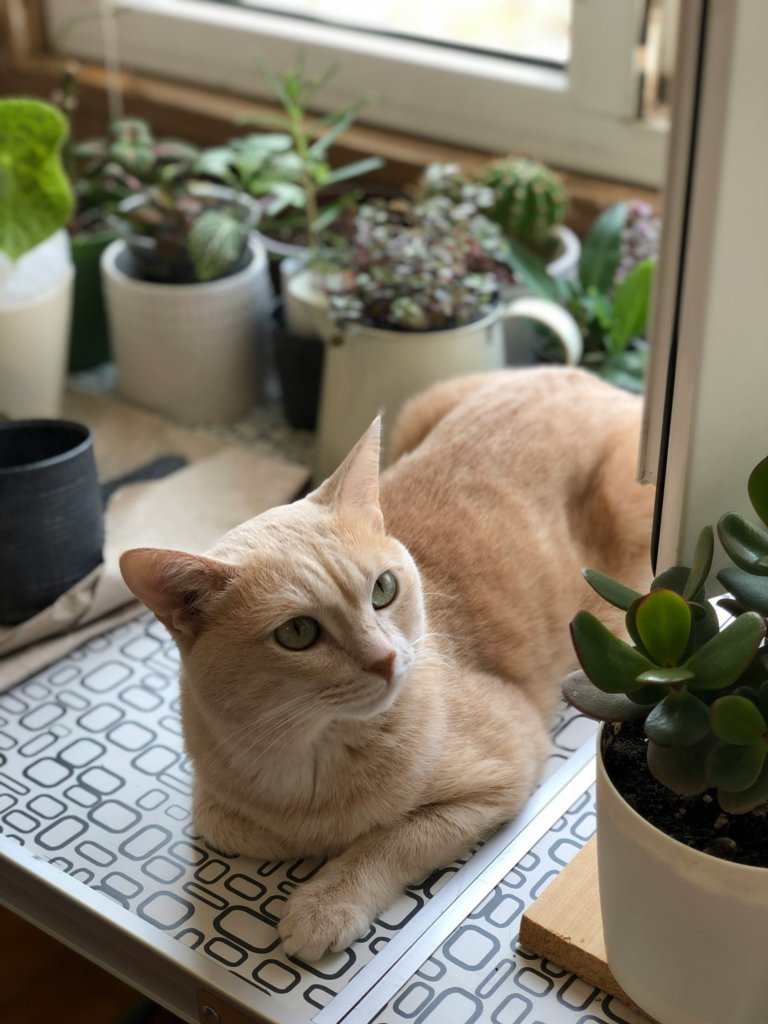
Many succulents, like Crassula ‘Baby’s Necklace’ and Jade plants, are mildly to moderately toxic to cats and dogs. Pets usually get sick if they chew or ingest leaves or stems.
Common symptoms include vomiting, diarrhea, and lack of coordination. Dogs and cats may experience lethargy (appearing unusually tired). Some succulents can also lead to drooling and abdominal cramps.
Young pets and smaller breeds may be more sensitive to plant toxins. Always keep unknown plants out of reach to avoid accidental chewing. If your pet starts showing symptoms, try to identify the plant and get veterinary advice right away.
Risks for Humans

Succulent poisoning in humans is rare, but some species can cause problems if touched or swallowed. The sap of Euphorbia succulents, for example, is known to be irritating.
Touching the sap can cause redness, itching, or a rash. Swallowing plant parts may lead to gastrointestinal upset, such as nausea, diarrhea, or stomach pain. These risks are higher for children, who may put leaves or stems in their mouths.
It’s important to wash your hands after handling unfamiliar succulents. If a child or adult accidentally eats part of a plant and feels sick, seek medical help.
Recognizing Symptoms of Exposure
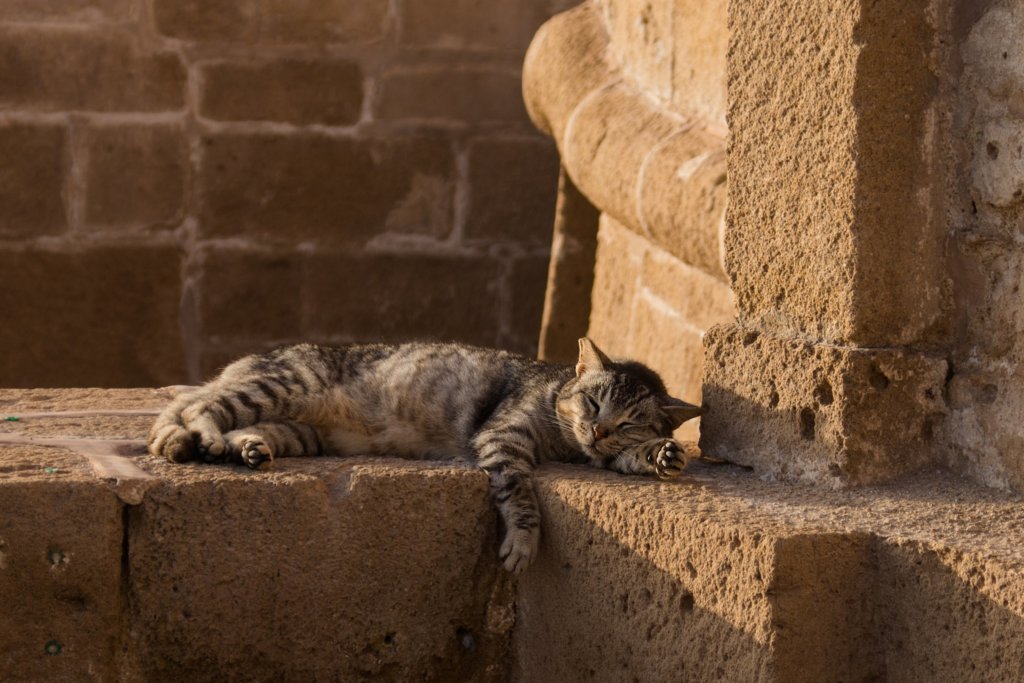
Symptoms of succulent poisoning can appear within minutes or a few hours after contact or ingestion, depending on the species and the individual’s sensitivity. On the skin, you might notice irritation, itching, or a rash.
When swallowed, watch for signs like abdominal cramps, drooling, or gastrointestinal issues such as nausea and diarrhea. Pets may stagger or seem weak. Children may complain of stomach pain or feel unusually tired.
If you notice these symptoms and a succulent plant was recently touched or eaten, prompt action is important. Remove any plant pieces from the mouth or skin and contact a doctor or veterinarian for advice.
Prevention, Safety, and Emergency Response
Toxic succulents can harm both people and pets if not handled and placed with care. Good prevention, safe gardening habits, and proper emergency action are important to avoid accidents with plants like Euphorbia and others.
Safe Indoor Gardening Practices
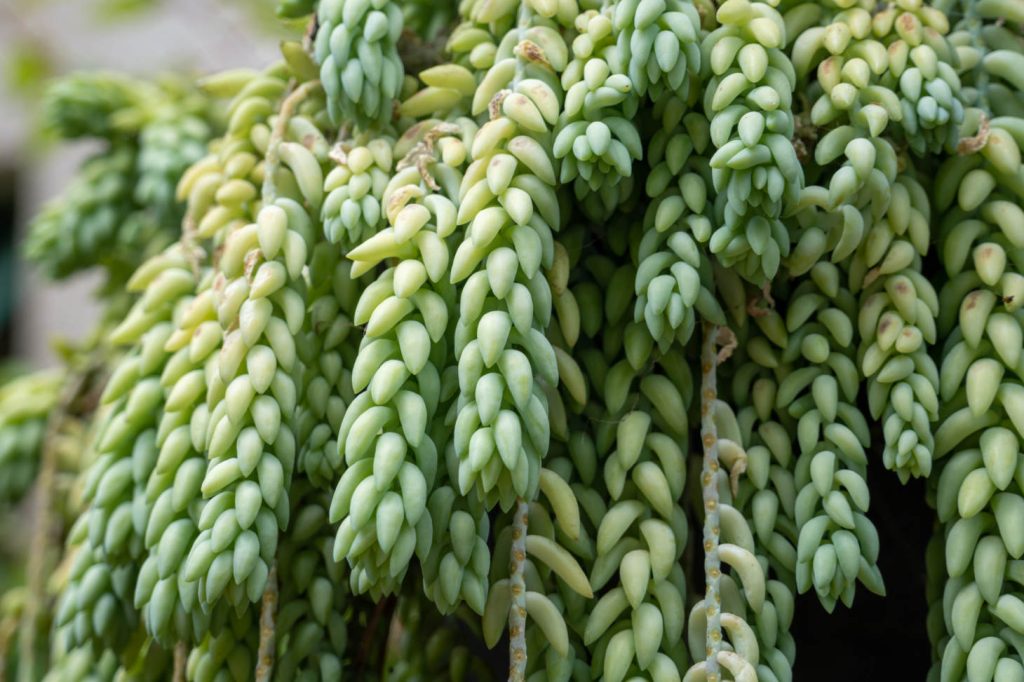
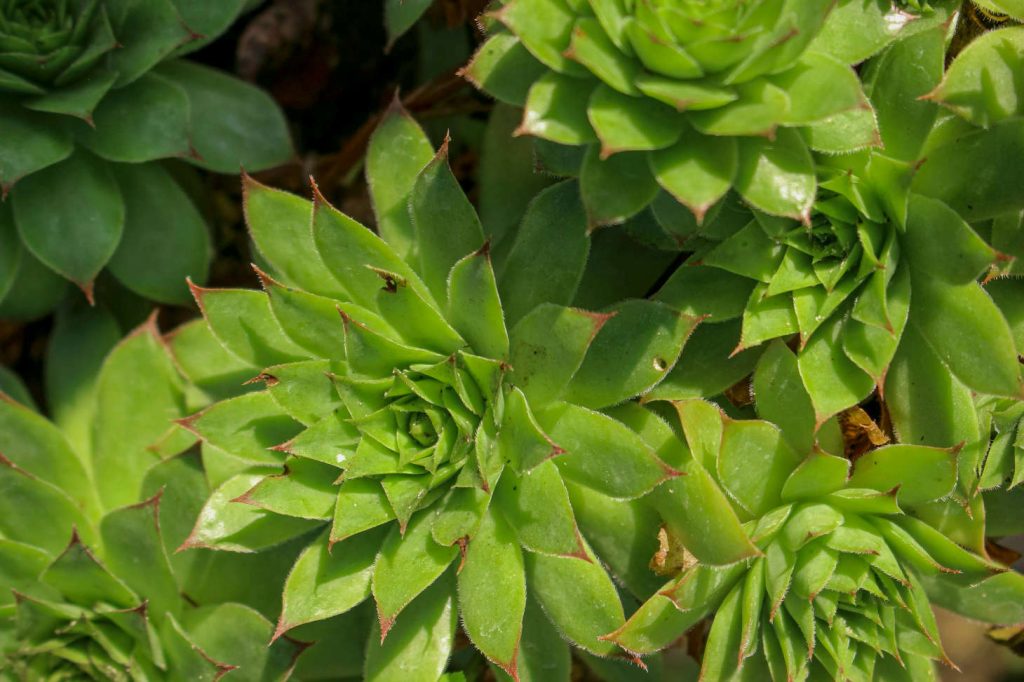
When setting up your indoor garden, always identify your plants and label any toxic ones. Common toxic succulents include Euphorbia and others with milky sap. Place potentially harmful plants, such as burro’s tail, hens and chicks, or jade plants, on high shelves or hanging planters that cannot be easily reached by children.
Wear gloves when trimming, repotting, or touching unknown plants. Toxic sap from some succulents can cause skin irritation or burns. Clean tools and surfaces after gardening to avoid residue that may linger.
Keep a written list or chart of your succulents and their toxicity levels. This makes it easier to respond quickly in emergencies. Avoid planting unknown or unlabeled succulents near high-traffic areas in your home.
Creating Pet-Friendly Environments
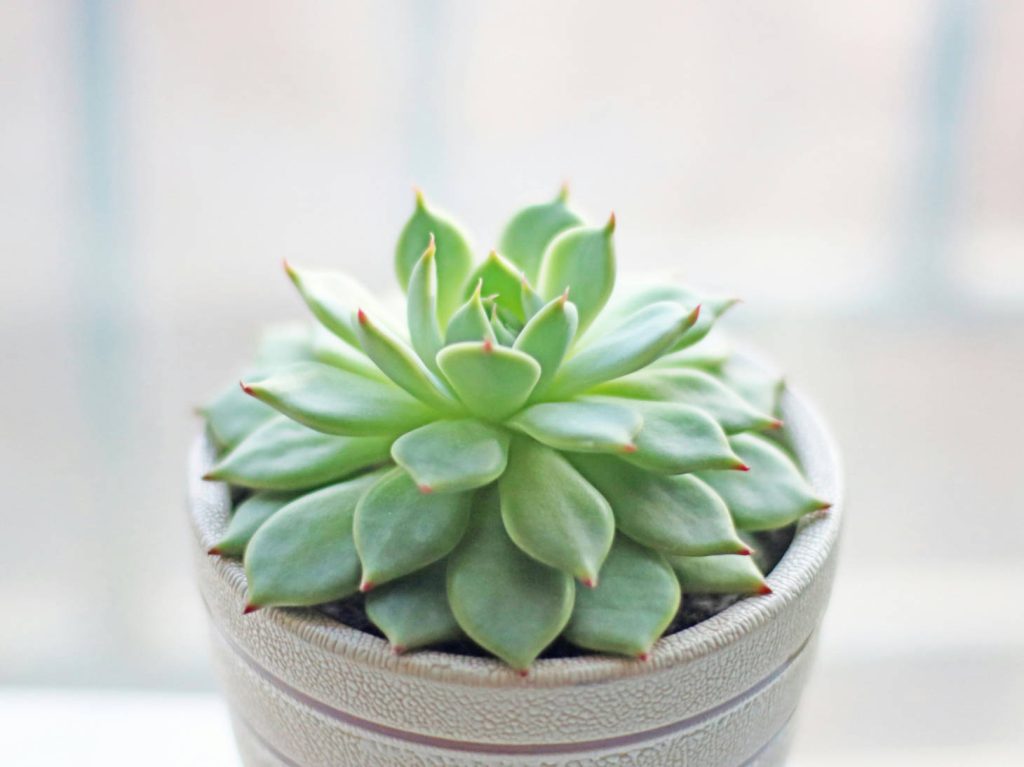
Pets are curious and may chew on leaves. Protect cats and dogs by only keeping pet-friendly succulents in spaces they can access. Safe options include Echeveria and most varieties called “hens and chicks.” Avoid placing plants containing milky or sticky sap, like Euphorbia, where pets can reach.
Use hanging baskets, sturdy shelves, or glass covers to create a physical barrier. If possible, restrict pet access to plant areas with baby gates or closed doors.
What to Do in Case of Toxic Exposure
If a person or animal ingests or comes in contact with a toxic succulent, act quickly. Rinse the mouth or skin with plenty of water, and remove any plant material left in the mouth. Watch for symptoms like drooling, vomiting, rash, or swelling.
Do not make pets or people vomit unless a doctor or veterinarian tells you to do so. For pets, call animal poison control or your veterinarian right away. Keep this number handy:
- Animal Poison Control: 1-888-426-4435
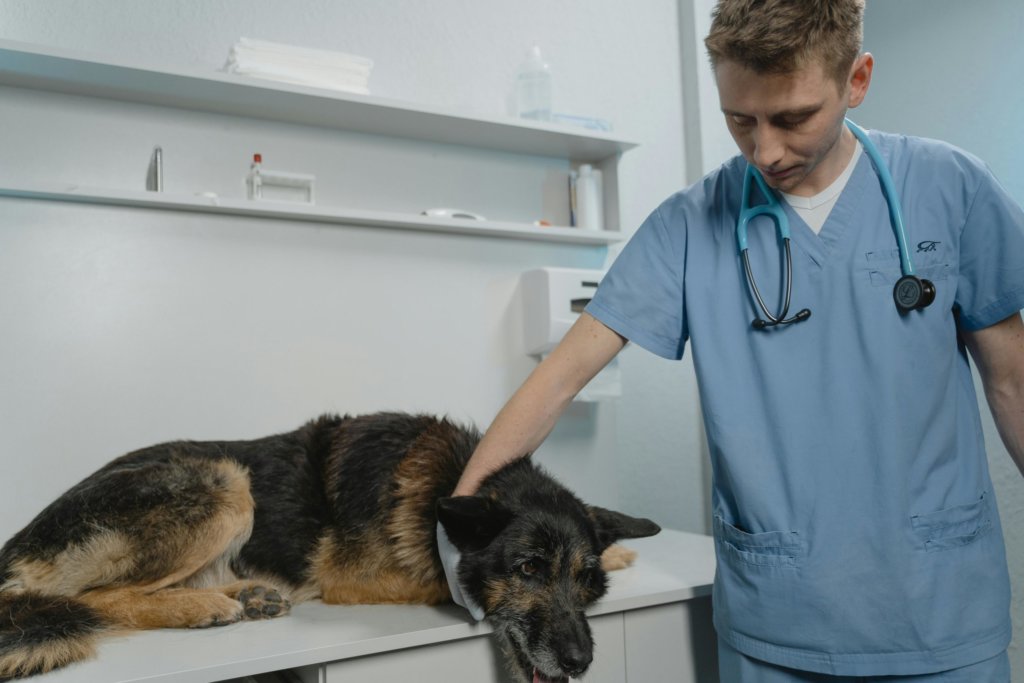
If symptoms are severe, such as trouble breathing or loss of consciousness, call emergency services or go to the nearest hospital or vet. Bring a sample or a photo of the plant to help medical professionals identify the toxin.
Frequently Asked Questions
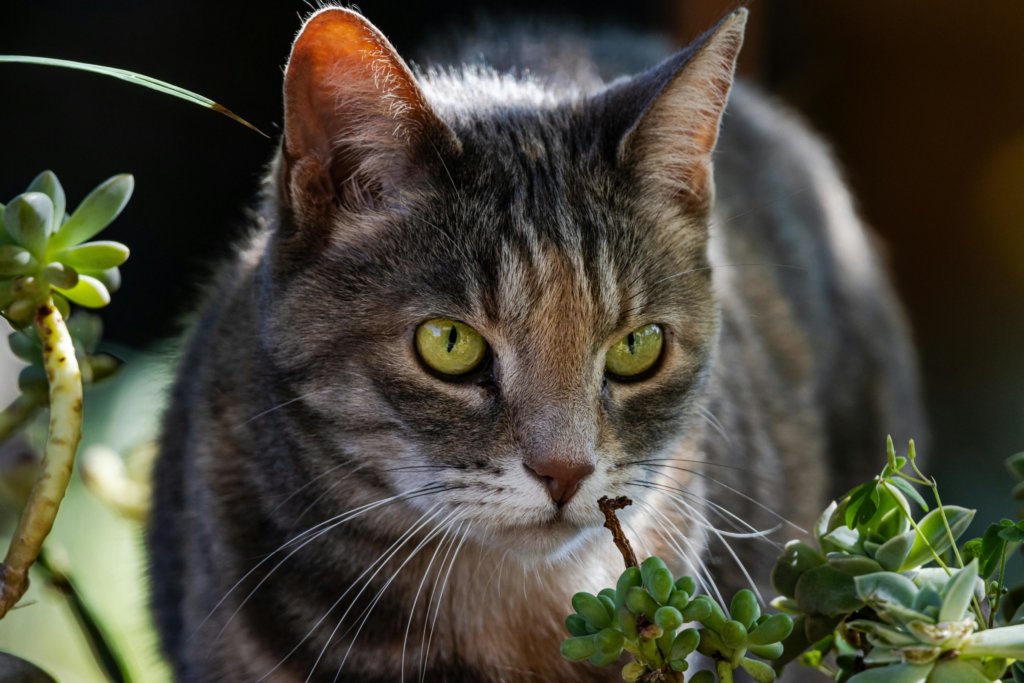
Some succulents can be harmful if touched or eaten by pets, children, or adults. Knowing which varieties are toxic and how to handle them safely helps prevent health issues in your home.
Which succulents are known to be toxic to pets such as cats and dogs?
Succulents like jade plant (Crassula ovata), aloe vera, and most types of Euphorbia are known to be toxic to cats and dogs. If ingested, these plants can cause vomiting, diarrhea, drooling, or other symptoms in pets. Always keep toxic plants out of reach from animals.
What are the symptoms of poisoning from toxic succulents in humans?
Common symptoms in humans can include nausea, vomiting, skin irritation, and mouth or throat discomfort if parts of the plant are eaten. Some people may have allergic reactions after handling certain succulents. If someone experiences severe symptoms, seek medical help right away.
How can I identify succulents that are harmful to children?
Harmful succulents often have milky sap or a bitter taste. Plants like jade, aloe, and certain Euphorbias are best kept away from children. If you are unsure, label your plants and look for reliable information using plant guides or by asking a garden center.
What precautions should be taken when handling potentially toxic succulent plants?
Wear gloves when handling toxic succulents, especially if they have milky sap. Wash your hands after touching these plants. Store all plant parts and gardening tools safely, and keep toxic plants out of common play areas.
Can you provide a list of safe, non-toxic succulents for pet-friendly households?
Some safe choices include Haworthia, Echeveria, and Burro’s Tail (Sedum morganianum). These varieties are not known to cause harm if pets happen to chew on them. Always double-check the plant’s safety for your specific pet type.
Is the jade plant dangerous if ingested by humans or animals?
Yes, the jade plant is considered toxic to both humans and animals. Swallowing any part of the plant may cause stomach upset, vomiting, or other mild symptoms. In pets, symptoms can also include tiredness or loss of balance. If you suspect ingestion, contact a doctor or veterinarian immediately.

